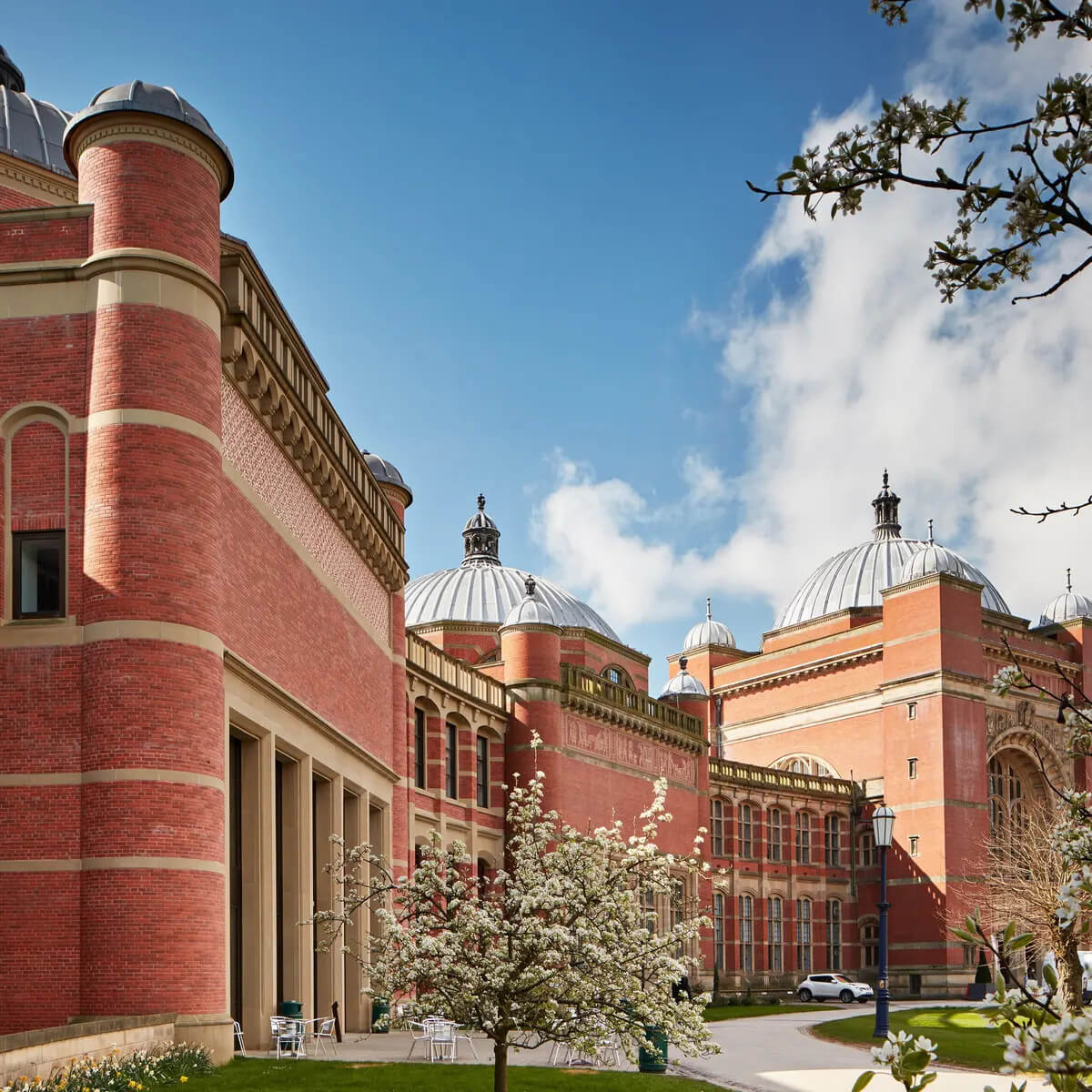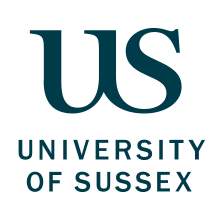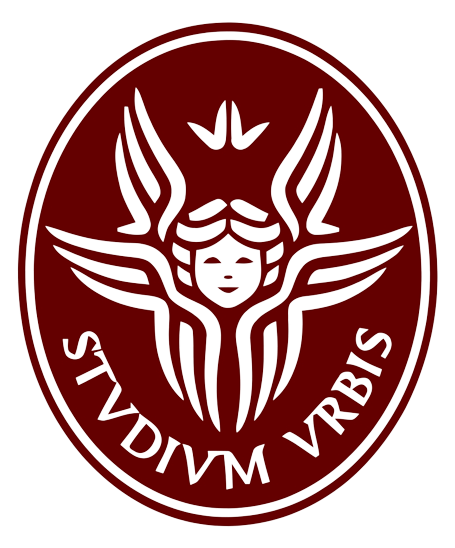1. Core Concepts and Skills in Microbiology
This module acts as a refresher on the fundamentals of molecular and cellular microbiology. You will have the opportunity to develop key quantitative, analytical and critical analysis skills. It will also include important aspects of working in the laboratory and how to handle microorganisms safely.
2. Medical Microbiology (Practice and Applications)
The module will introduce you to pathogenic microorganisms that cause human diseases including bacterial, viral and fungal diseases, and diseases caused by eukaryotic microorganism. The module will take a systematic approach looking at diseases of the respiratory system, urinogenital system, gastrointestinal tract, and at skin, wound and blood-brain infections. Additionally, the module will build on research strengths in the Institute of Microbiology and Infection by highlighting examples such as tuberculosis, pneumonia and enteric diseases. While emphasis will be on the mechanisms, diagnostics and prevention of microbial disease, the module will also cover clinical components of medical microbiology including hospital acquired infections, and the clinical aspects of drug resistance taught by practicing clinical microbiologists from the Queen Elizabeth Hospital.
3. Host-Microbe Interactions
In this module you will be introduced to several key concepts in understanding host-pathogen interactions, including: virulence, the evolution of virulence and the Red Queen hypothesis, pathogen lifestyles, such as intracellular parasitism and latency and genetic variation in hosts and pathogens.
4. Antimicrobials and Resistance
The module will begin with a look into the historical perspectives of both the discovery and use of antibiotics in the clinic. The module will then cover the current situation of global antibiotic usage and how misuse and over prescription has lead to the emergence of antibiotic resistance. A series of lectures will cover modern techniques and methodologies that are used to both discover and develop new antibiotic compounds into the next generation of drugs. In this regard, students will gain hands-on practical experience of screening antibiotics and novel natural product extracts (of their own choosing) against a panel of bacterial species. Students will have access to state-of–the-art High throughput Screening facility in the IMI.
5. Microbial Physiology and Virulence
This module will cover the key elements present at the microbial surface, and relate these in part to antibiotic targets. The threat of antibiotic resistance will be covered in detail and provide the student with a thorough understanding of both drug target and resistance mechanisms.
6. Omics of Microbes
Our understanding of Microbes has been revolutionised by our ability to sequence their genomes and by other ‘omics’ techniques. This module will cover sequencing technology, genomics, transcriptomics, proteomics and metagenomics and explore how these have advanced our understanding of microbial pathogens. You will consider issues which arise from the need to analyse large data sets and will gain hands on experience.
Recent examples of project titles offered to MSc Microbiology and Infection students
Characterization of a cell‐wall hydrolase from Mycobacterium tuberculosis
Implementation of the CRISPR‐Cas9 to tag genes in yeast
Promoter organization in bacteria
Sepsis and other clinical outcomes in burn trauma: applying metabolism to understand sepsis and clinical outcomes
How does metabolism differ in different human samples (biofluids and tissues)?
Enzyme‐responsive nanomaterials to deliver antimicrobial peptides
A multidisciplinary approach to studying the behavior of bacterial communities in artificial cellular environments
Turning gene regulation inside out: prevalence of promoters within genes in bacterial chromosomes
Interaction of the partitioning proteins KorB and IncC with DNA and other protein partners
Transcription rate variability and gene regulatory network dynamics
Probing the structure and function of the Bam complex, the Gram negative bacterial outer membrane protein folding machinery
Retrograde lipid transport in E. coli
Using novel methods to purify a membrane protein complex
Towards a structure for the neurodegeneration protein Cln3
Individual‐based modelling of biofilms
Transfer of antibiotic resistance carrying plasmids in spatially structured multispecies communities
High throughput determination of substrate affinity in a microfluidic device
Gene regulation in bacteria
Understanding the pH sensing mechanism of E. coli
Understanding the link between genotype and phenotype in laboratory‐evolved strains of stress‐resistant bacteria
Understanding and manipulating mupirocin and thiomarinol biosynthesis to create novel biologically active molecules
Dissecting plasmid host range determinants
Regulation of antibiotic production in marine bacteria
Phenotypic characterisation of exopolyphosphatase‐deficient mutants in Mycobacterium smegmatis. Elucidating the role of ppxs genes in phosphate metabolism
Isolation of interacting proteins of the MmpL3 transporter from Mycobacterium tuberculosis using the Yeast Two‐Hybrid (Y2H) system
Structural bioinformatics for the reengineering of the mupirocin and thiomarinol antibiotic biosynthesis pathways
Sequence and structural comparison of ketosynthase domains from trans‐AT polyketide synthase systems
The behaviour of lab‐evolved stress resistant strains of bacteria under fermentation conditions
Cloning and expression of the lectinolysin gene from Streptococcus mitis
Show less










